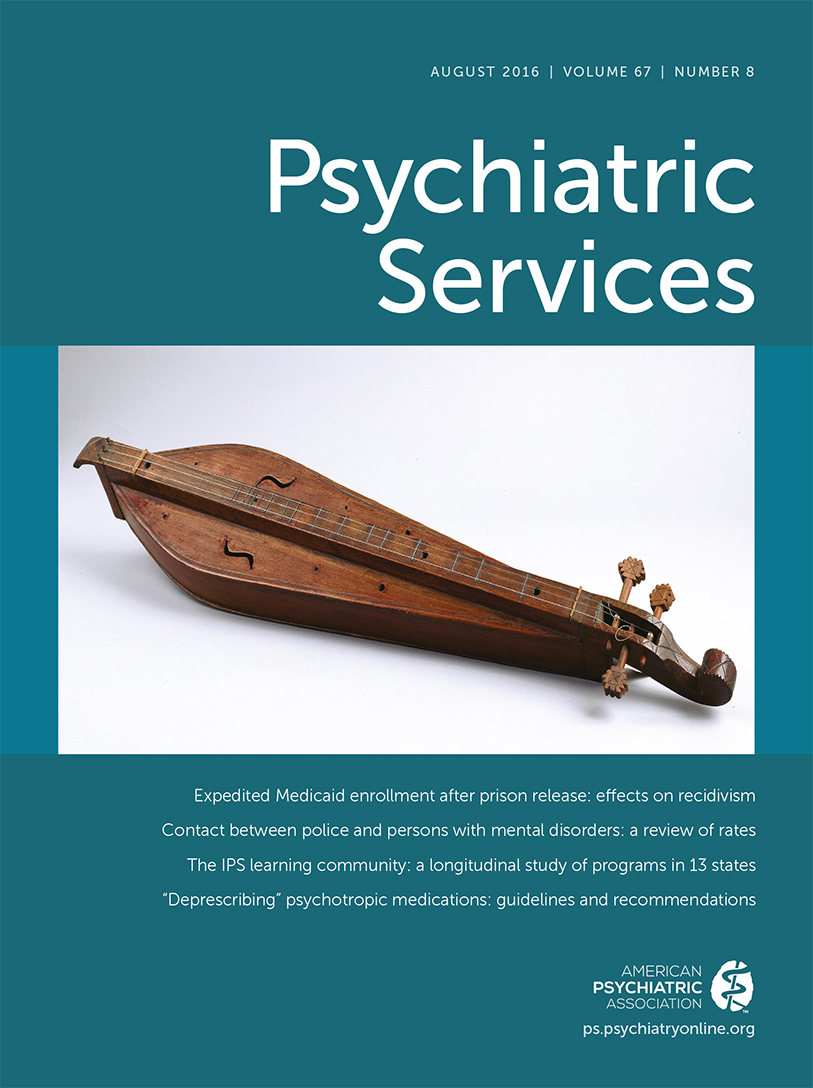The Hamilton Mobile Crisis Rapid Response Team: A First-Responder Mental Health Service
The Mobile Crisis Rapid Response Team (MCRRT) model was formed in 2013 in collaboration between St. Joseph’s Healthcare Hamilton (SJHH), their Crisis Outreach and Support Team (COAST), and Hamilton police services in Ontario, Canada. MCRRT partners a police officer with an experienced mental health crisis worker and differs from typical secondary response crisis services in that the team is dispatched and responds to 911 crisis calls as first responders. Service recipients of MCRRT are individuals presenting with symptoms of mental illness, behavioral disturbance, or substance use problems.
If the team determines that a situation can be deescalated at the scene, the mental health worker uses diffusion tactics to calm the distressed individual and then refers that person to a community-based mental health support agency or for follow-up contact by COAST. If a more significant intervention is required, the MCRRT brings the individual to SJHH Psychiatric Emergency Services. The goal of the program is to redirect people with mental illness who are unnecessarily brought to an emergency department (ED) and link them to the appropriate community resources, urgent services, or crisis beds. In addition, the MCRRT program seeks to divert individuals with mental illness from entering the criminal justice system.
A key component of the MCRRT program is crisis intervention training (CIT). In our region, the COAST program conducts training sessions for regional police. Derived from the Memphis CIT model, the MCRRT CIT program provides 40 hours of mental health training for frontline police officers. The course is taught by a mental health professional and supplemented by those with lived experiences of mental illness. All MCRRT and COAST officers must complete CIT. However, CIT alone does not always effectively prepare police officers to utilize these deescalation techniques. Thus the MCRRT approach of pairing mental health professionals with police as first responders allows for practice, modeling, and feedback for officers.
MCRRT pilot data were compared with historic police-only data on response to mental health crises. In a 12-month period and compared with a police-only model, MCRRT resulted in a 49% reduction in overall rate of people in crisis who were brought to a hospital. Among the patients taken to a hospital, only 20% were discharged by the ED physician without an assessment by a psychiatrist, compared with 53% in the previous police-only model. Of the 80% seen by a psychiatrist, 54% required hospital admission, resulting in a 29% higher admission rate compared with the police-only model. Average police wait times in the ED (less than one hour) were consistently shorter than police-only response. These results demonstrate that MCRRT reduces the burden on EDs and acute mental health services but ensures that this level of care remains accessible to individuals who need it most.
To further assess the impact of MCRRT, police participants were surveyed for a four-month period. After each crisis response, police were asked to determine whether they would have taken the individual to the hospital had the mental health worker not been present. The data were extrapolated for all cases occurring in the MCRRT trial period. On the basis of the extrapolated results, police would have taken 308 out of 650 people encountered to the hospital had the mental health worker not been present, whereas only 203 of these 308 were actually taken to the ED under MCRRT, resulting in a 52% reduction in potentially unnecessary ED visits. In addition, although police indicated they would not have transferred the remaining 342 of 650 encounters, it’s of note that 9% (N=30) of those interactions required an ED visit, indicating a discrepancy in decisions made by MCRRT versus decisions made in a police-only response. Finally, given that this survey was conducted with CIT-trained MCRRT officers, it is likely that their threshold for taking people to the ED may be different from that of police officers with less exposure to mental health training.
The MCRRT presents one of the first ride-along models that includes mental health workers as first responders and allows for a reduced burden on emergency and acute mental health services while ensuring that those levels of care are accessible to people in need. From a patient perspective, the model is in keeping with recent literature that demonstrates that the ride-along model is most preferred by individuals requiring first-response support for mental health crises.
MCRRT implementation results suggest that enhanced models of mobile crisis intervention can provide effective and safe crisis care, even for emergency calls. MCRRT also demonstrates the importance of a continuum of collaborative services, including primary and secondary responses in partnership with police.



